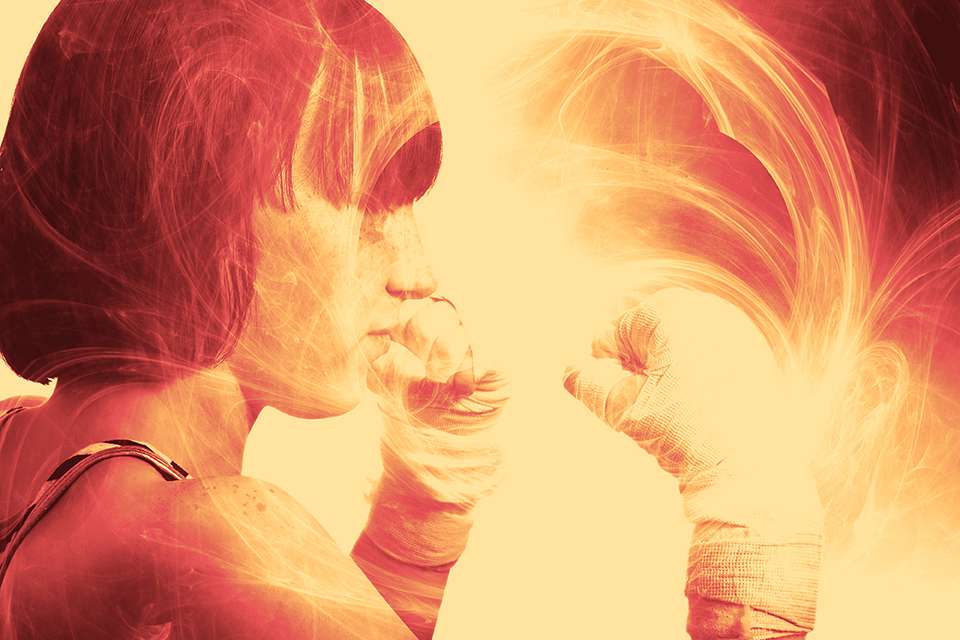How Motor Learning Affects Boxing

Motor learning is how we learn to perform certain movements or specific skills. There are several theories in motor learning that consider the cause behind the results, but Schema theory is among the most popular.
Schema theory discusses the process we use to perform immediate reactive movements and also touches on open-loop processes—the principles that govern the development of ballistic skills.
Ballistic Skills & Open-Loop Theory
Though there are several types of movement, when refining and training your boxing skills, we generally use ballistic movements, or movements that occur within milliseconds of conception. Because of the speed of these movements, they necessitate a belief in the open-loop theory.
Open-loop theory takes place in three steps:
- A decision to make a ballistic move is made before performance of the skill.
- All the information for the movement is sent in a single message throughout the body.
- The message is received by the muscles, which then performs the movement.
Understanding motor learning and Schema theory allow for better practice and control during boxing skills training.
How Schema Theory Affects Learning
Our ability to perform fast movements is controlled by three factors: Generalized Motor Programs, Recall Memory, and Recognition Memory.
Generalized Motor Program
A Generalized Motor Program (GMP) is a basic pattern of movement that is stored in your brain to be used when needed. Usually, a GMP entails small variations each time it’s performed—even though the same movement is made.
When one of your coaches at Gloveworx is teaching the form and movement for a right hand, they give you cues that are designed to help your brain shape the general pattern of the movement. Each time you throw the punch, your situation slightly changes the way you throw it, making the general move the same, but the specific motor performance different.
Recall Memory
Recall memory assesses your situation and provides you with measurable factors to execute a GMP that is stored in your recall memory. Your brain takes into consideration the environment, your posture, and your current limb positions to ensure it selects the appropriate response.
As you throw a right hand or a jab, your recall memory facilitates access to the movement memory stored in your brain. To store an effective response to the correct situation, the same motion must be practiced consistently.
Recognition Memory
Recognition memory is the expected feeling for the movement that is then used to assess the success rate of the skill relative to the goal. If a mistake in your punch is identified, then the recognition memory serves to correct the movement for later attempts.
An Exercise in Recognition Memory

Recognition memory is useful for more than just feeling if the performance of a movement is correct; it also shows you mistakes in performance by others. Consider this jab. If you can spot the error, then your recognition memory is showing you that the height of the shoulder is incorrect for defensive purposes based on your past experiences.
Using These Principles at Gloveworx
Application of GMP, Recall Memory, and Recognition Memory are principles that are vital to great coaching and great learning. If you have any questions about motor learning or Schema theory, don’t hesitate to ask when you see any of the coaches around GWX. Many of us use these theories as guides every time we lead you through a session.
Discover how Schema theory can make you a better boxer when you book a private session today!
